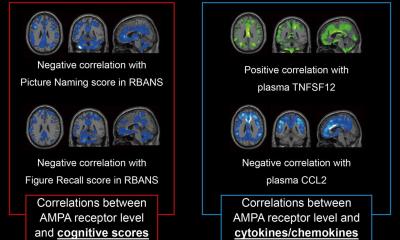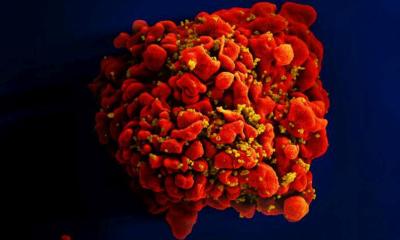Near-infrared contrast agent reveals microcalcifications related to breast and bone cancer
Near-infrared fluorescence mammography works with rays of near-infrared (NIR) light instead of X-rays. Although this is thought to be a very promising technique, there have been no effective contrast agents.
The researchers used the drug pamidronate (a biophosphonate, used to treat osteoporosis and bone metastases in breast cancer) as the basis of their NIR contrast agent. To this they attached a dye that absorbs light and fluoresces in the NIR region of the spectrum. Light in this region of the spectrum penetrates live tissue particularly well and without damage; it is also easy to detect.
Due to the development by Kumar R Bhushan of a simplified, reliable synthetic route to a new pamidronate derivative, the team has synthesised enough of a Pam800 contrast agent to run a trial with large animals. (Intravenously injected Pam800 shows up pig bones with very high sensitivity). When hydroxyapatite is injected into soft tissues, the contrast agent marks only the tiny hydroxyapatite crystals with high selectivity and sensitivity, which could allow it to selectively reveal malignant abnormal tissue, the team point out. The pig trials demonstrated that the use of real-time NIR fluorescence images could even enable image-guided surgery on soft tissues and bones.
30.10.2007







